If your growing season is short, try growing these warm-weather plants in your greenhouse.
Our editors and experts handpick every product we feature. We may earn a commission from your purchases.Learn more.
If your growing season is short, try growing these warm-weather plants in your greenhouse.
Our editors and experts handpick every product we feature. We may earn a commission from your purchases.Learn more.
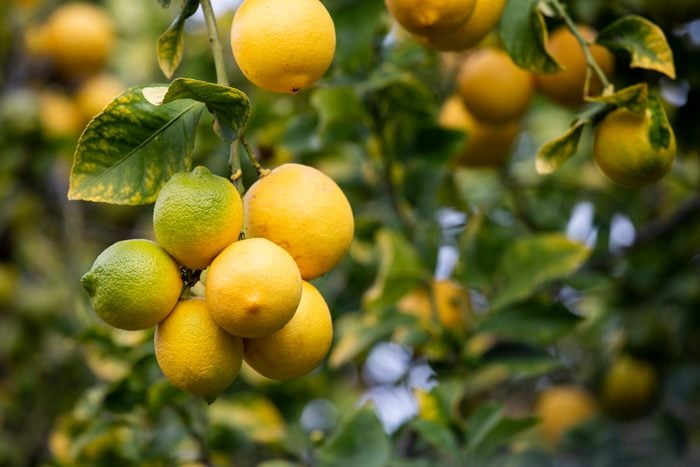 Jennifer A Smith/Getty Images
Jennifer A Smith/Getty Images
Growing citrus trees to fruiting size can be difficult in short-season gardens, but they’re an ideal plant for a greenhouse with abundant sunshine and warm temperatures. Many citrus trees also bloom in winter, and the greenhouse protects these flowers from freezing.
 Jed Share/Getty Images
Jed Share/Getty Images
Love tomatoes but live too far north to grow them? Some gardeners start tomatoes in a greenhouse, then move them outside after the danger of frost has passed.
Here’s more advice for growing tomatoes to produce the best harvest.
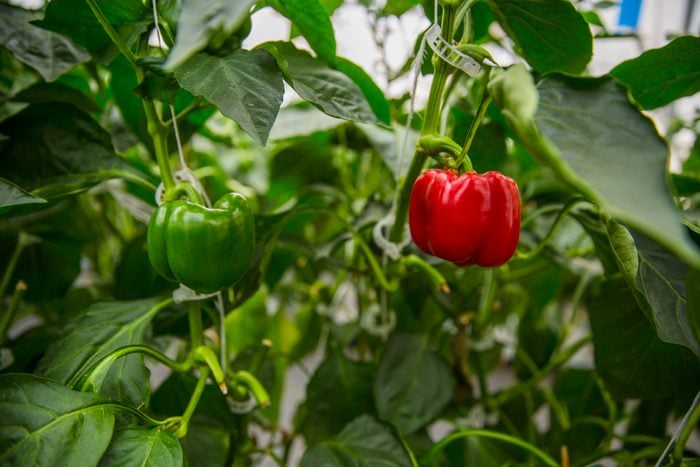 Westend61/Getty Images
Westend61/Getty Images
Like tomatoes and eggplants, peppers are part of the Solanaceae or nightshade family. They need warm temperatures, long days and a long season to bring fruits to maturity. In a short-season climate, a greenhouse solves these problems.
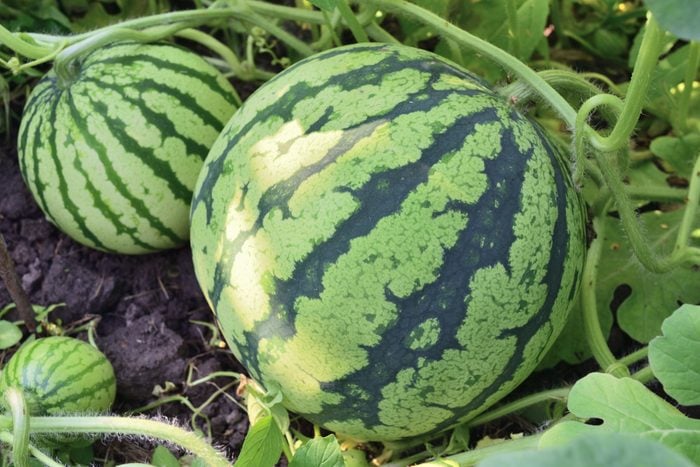 Tianika/Getty Images
Tianika/Getty Images
Like the other plants on this list, melons require six to eight hours of sunlight and heat for their vines to grow, flower and fruit. Watermelons, muskmelons (cantaloupe) and honeydew can all be grown in greenhouses.
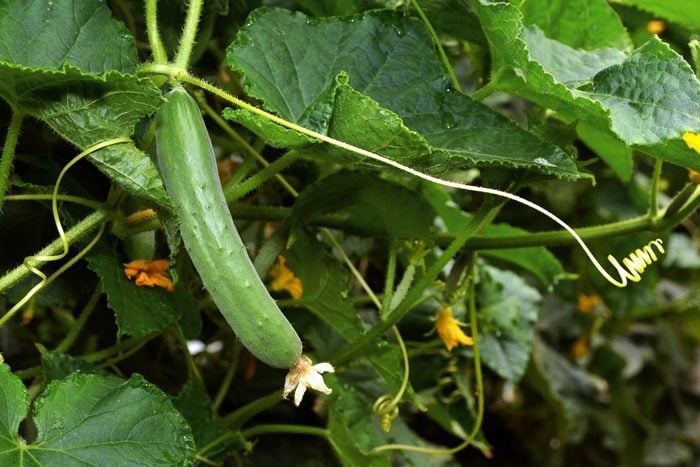 Miro V/Getty Images
Miro V/Getty Images
Cucumbers are a popular commercial greenhouse vegetable because they can be trellised to produce many fruits in a small space. Cucumbers are perfect plants to grow in your greenhouse.
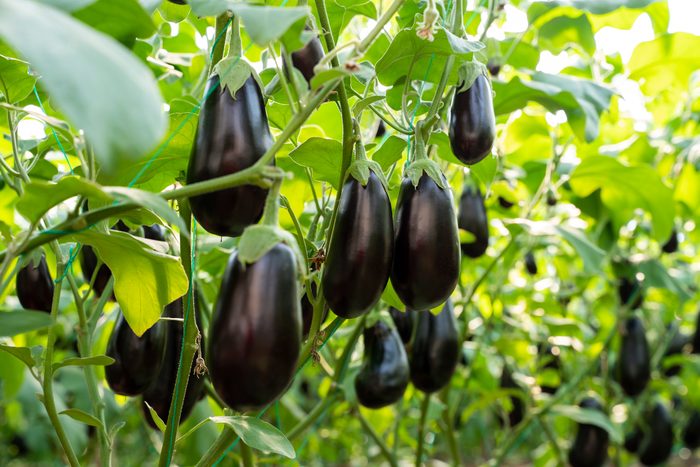 ozgurdonmaz/Getty Images
ozgurdonmaz/Getty Images
Eggplant is one of my favorite plants to grow because it tastes so much better than the kind you buy in the supermarket. In a short season or shady climate, growing eggplant in a greenhouse gives you the intense sunlight and heat to bring the fruit to maturity.
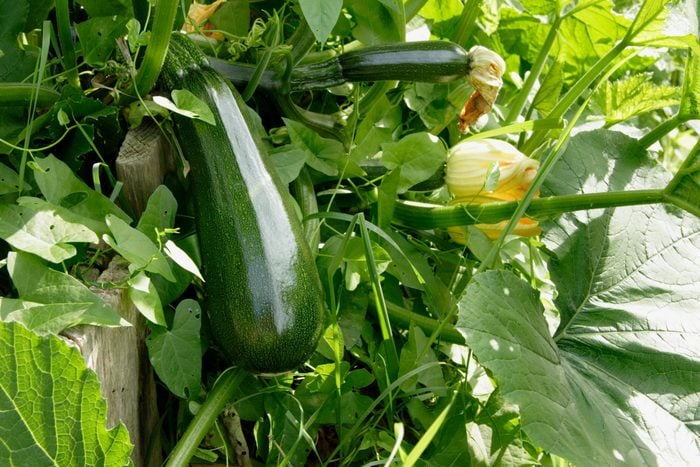 ideeone/Getty Images
ideeone/Getty Images
Golden or green summer squash just tastes like summer. But if you live where summers aren’t that warm, it’s hard to grow these heat-loving plants. With a greenhouse’s radiant heat and copious sunshine, you’ll have much better luck getting plants to grow to their mature size.
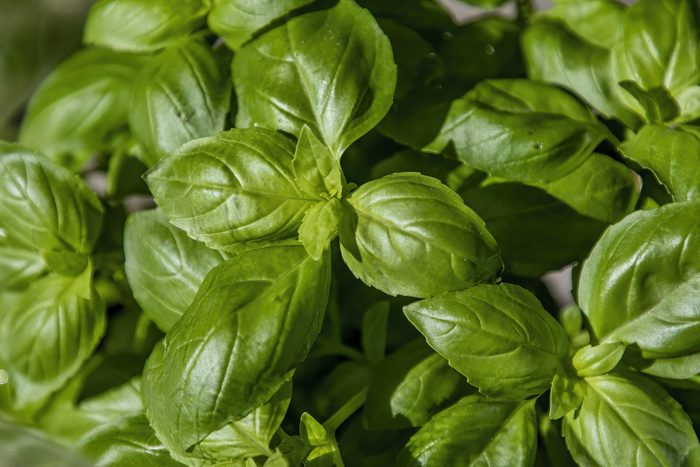 Ali Majdfar/Getty Images
Ali Majdfar/Getty Images
Sweet basil (aka culinary basil) is a great plant to grow in a greenhouse. Like other Mediterranean herbs, it needs six to eight hours of sun daily and loves the greenhouse’s radiant heat. You can start basil in a greenhouse and transplant it into the garden once the soil heats up.
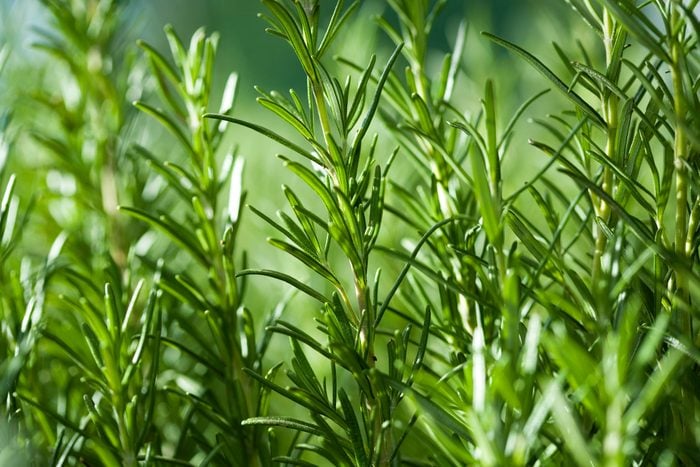 gaffera/Getty Images
gaffera/Getty Images
Rosemary is a perennial herb that grows wild on rocky hillsides in the Mediterranean, so it can handle the heat and plentiful sunshine of a greenhouse. If you’re growing rosemary in a short-season climate, overwinter it in the greenhouse.
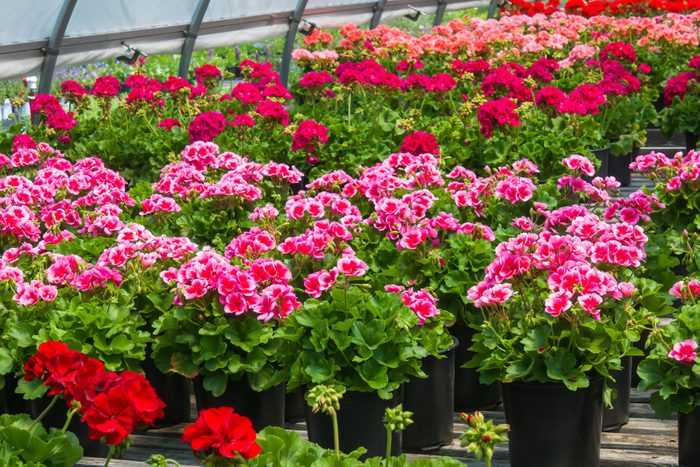 KenWiedemann/Getty Images
KenWiedemann/Getty Images
Some of my favorite greenhouse plants are scented pelargoniums, commonly called geraniums. True geraniums are perennials, but scented pelargoniums are basically their tropical cousins.
Geraniums are wonderful plants for a greenhouse because they’re drought tolerant and can handle fierce greenhouse heat in summer. In my climate, USDA Zone 7, it’s too hot to grow anything in a greenhouse in summer. Instead, I overwinter my geraniums, which cheerfully bloom in February and March before anything else is flowering outside.
“Creating an optimal greenhouse environment requires diligent maintenance and care,” says Spoonemore. “Regularly inspect the structure to identify and address any damage promptly. Keep a close eye on the environment, checking for issues like temperature fluctuations, humidity levels and signs of pests or diseases.” Spoonemore also recommends implementing preventative measures such as cleaning, disinfecting and removing plant debris. This will minimize the risk of infestations and disease outbreaks.
I’ve written about and extensively researched gardening, lawns and lawn pests. Other topics I’ve covered include the optimal temperature for a greenhouse and signs that you have moles in your yard.
For this piece, we consulted Carrie Spoonemore the co-creator of Park Seed’s From Seed to Spoon app. Her passion for growing food led her to create the app in 2017. She works to collect and share educational content through Park Seed and shares her gardening expertise on YouTube through videos she creates on her five-acre homestead.